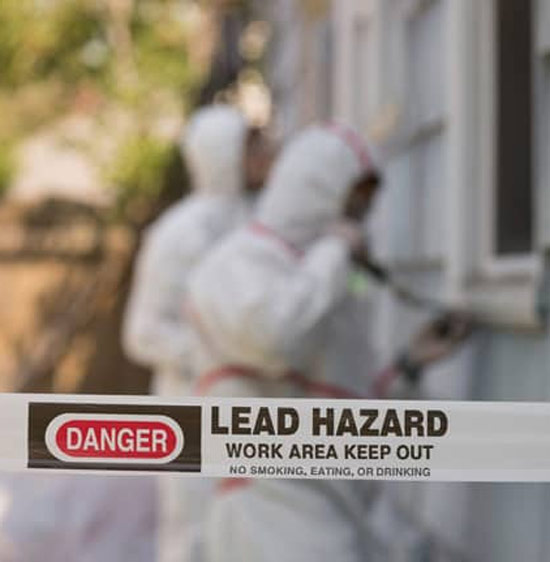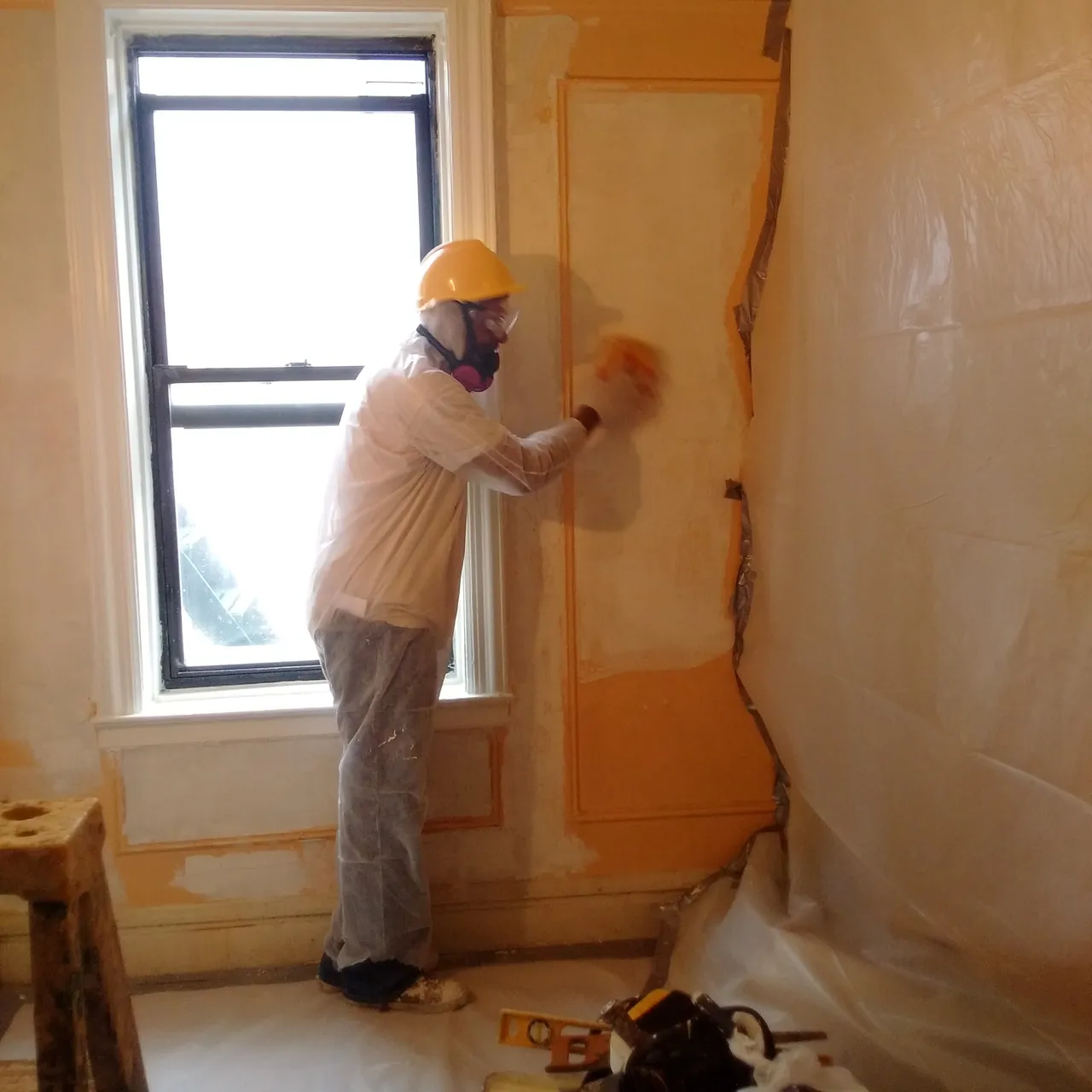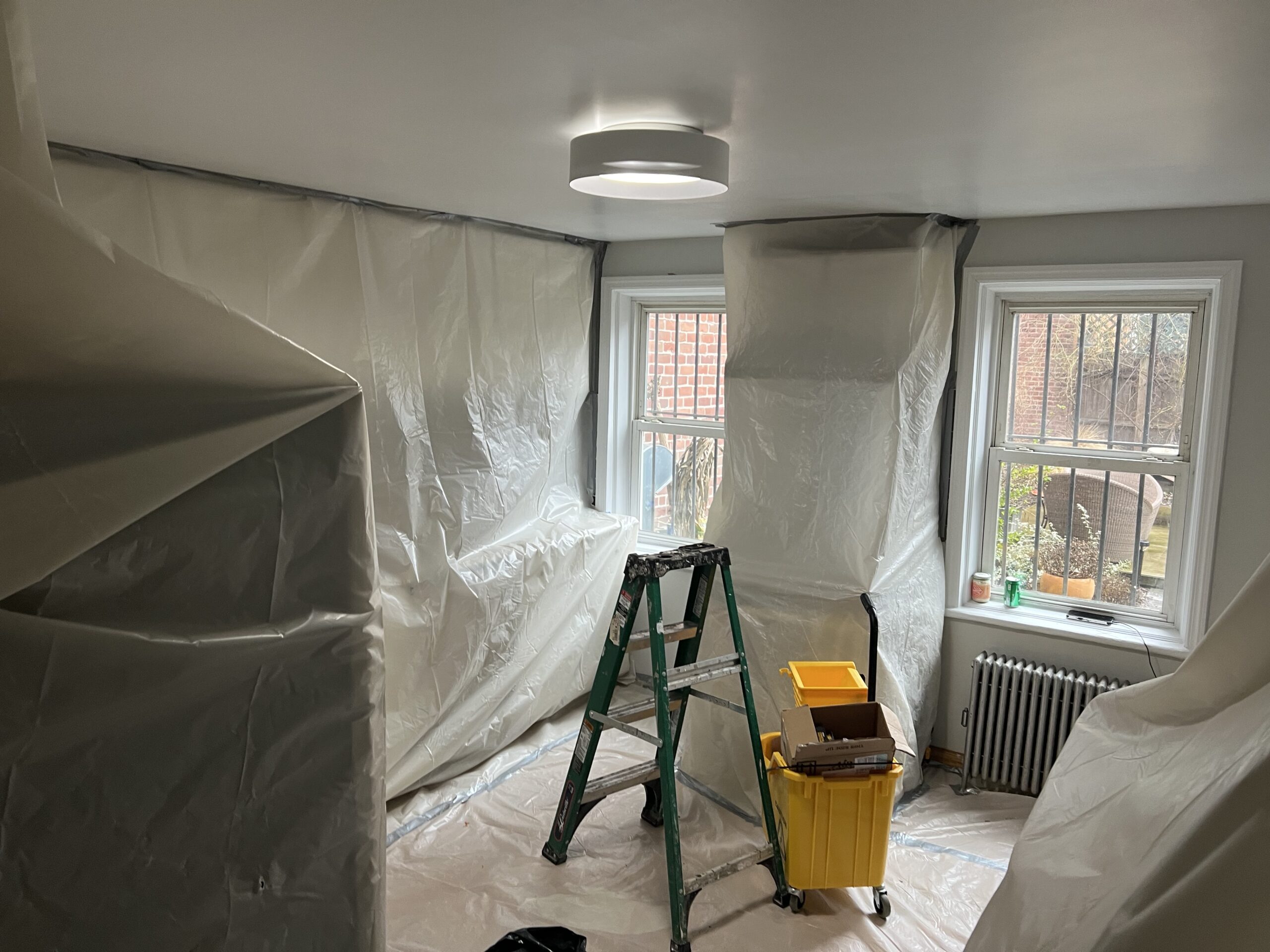DOH & HPD Lead Violation Removal NYC-- Expert Services for Compliance
DOH & HPD Lead Violation Removal NYC-- Expert Services for Compliance
Blog Article
Finest Practices for Ensuring Safe and Complete Lead Offense Abatement
Dealing with lead offense reduction requires a multi-faceted technique to make certain both security and compliance. Initial analyses using advanced detection techniques such as XRF analyzers established the stage for a precise understanding of contamination levels. Integrating correct control methods, including airtight barriers and HEPA purification, combined with the usage of individual safety equipment (PPE) for workers, creates the foundation of a secure procedure. Precise cleaning protocols, including HEPA vacuuming and wet-wiping, are crucial. It's the final clearance process, involving complete examinations and laboratory screening, that genuinely confirms a lead-free environment, making certain long-lasting security. Just how do these techniques adjoin to guarantee detailed lead reduction?

Preliminary Assessment
Carrying out a first evaluation is a critical initial step in lead infraction abatement. This phase incorporates a thorough assessment of the residential or commercial property to recognize the presence, level, and specific areas of lead-based dangers. Certified professionals, such as certified lead assessors or take the chance of assessors, should do a thorough site evaluation, using tools like X-ray fluorescence (XRF) analyzers to properly detect and gauge lead focus in paint, dirt, soil, and water.
The evaluation must also include a review of the structure's history, previous reports, and any type of complaints or health and wellness issues reported by occupants - Lead Removal Contractors. Recording the findings carefully is necessary, as these records develop the basis for developing a reliable reduction technique. An extensive analysis additionally includes sampling and research laboratory analysis, which are vital to verify the existence of lead and guide subsequent activities
Moreover, it is essential to communicate the results transparently to all stakeholders, consisting of building owners, renters, and regulatory authorities. By making certain that the first analysis is conducted with accuracy and roughness, specialists can lay a solid foundation for a targeted and reliable lead reduction procedure, ultimately safeguarding public wellness and ensuring conformity with regulatory requirements.
Correct Control
Proper control is critical to stop the spread of lead contaminants during abatement activities. Successfully taking care of control lessens the threat of lead dirt and particles moving to non-work areas, thereby guarding both the atmosphere and individuals outside the immediate job zone. To accomplish appropriate control, an airtight obstacle of plastic sheeting must be established around the work area, making certain all seams and edges are safely secured. Lead Removal Contractors. This obstacle must expand from floor to ceiling and be taped to prevent any leakages.

Regular inspections of the containment location are needed to look for breaches or weak points in the obstacle. Any type of recognized concerns ought to be quickly dealt with to preserve the integrity of the containment. By adhering to these methods, reduction jobs can successfully manage lead contamination and alleviate affiliated wellness risks.
Worker Defense
Ensuring worker defense is vital during lead abatement jobs to avoid work-related exposure discover this info here to unsafe lead particles. Essential procedures include using individual protective equipment (PPE) such as respirators, gloves, and full-body suits particularly created to obstruct lead dust and fumes. Employees ought to go through detailed training on the correct use and maintenance of PPE, consisting of fit screening for respirators to ensure optimum efficiency.
Design controls, such as neighborhood exhaust air flow systems, are essential in reducing airborne lead focus in the workplace. Management controls need to also be implemented, including restricting the period of direct exposure and rotating employees to minimize private exposure times. Normal clinical surveillance and biological surveillance are crucial for very early discovery of lead absorption, allowing timely treatment and treatment.
Furthermore, developing a decontamination procedure is essential. Workers must comply with stringent decontamination treatments prior to breaks and at the end of their shift to avoid lead dust from being lugged outside the work location. This includes detailed hand and face cleaning with lead-specific cleaner and altering out of contaminated apparel.
Thorough Cleanup
Preserving a risk-free workplace prolongs beyond employee protection and encompasses thorough clean-up to guarantee lead fragments are extensively eliminated from the website. The process of precise cleanup is important in stopping the recontamination of the moderated location and guarding both existing and future occupants.
To accomplish a thorough cleaning, all workplace have to be systematically decontaminated. This includes making use of specialized HEPA (High-Efficiency Particulate Air) vacuum and wet-wiping methods to record and remove fine lead dust that may have chosen surface areas. It is imperative to clean up all horizontal surfaces, consisting of floorings, home window sills, and kitchen counters, along with upright surfaces that may have entraped lead bits.
Employees need to put on suitable personal safety tools (PPE) throughout cleaning to stay clear of exposure to recurring lead dirt. Used cleansing products such as wipes, sponges, and mop heads must be gotten rid of in conformity with contaminated materials disposal laws.

Last Clearance
Final clearance is the vital wrapping up stage of lead reduction that determines whether the website is safe for reoccupation. This critical step entails extensive inspection and testing to confirm that all lead dangers have been efficiently removed.

Last clearance testing not just safeguards future occupants however additionally makes sure conformity with local, state, and federal policies. It offers as a recorded recognition of the reduction contractor's adherence to industry finest practices. Guaranteeing an extensive and effective last clearance is essential in safeguarding public wellness and fostering trust in the reduction procedure.
Conclusion
Guaranteeing risk-free and comprehensive lead offense hop over to here abatement necessitates a complex method encompassing initial evaluations with sophisticated discovery methods, effective control approaches, stringent worker protection protocols, and careful cleanup procedures. The last clearance stage, featuring detailed assessments and research laboratory testing, is important to validate conformity with EPA requirements. Adherence to these finest practices guarantees a secure setting for residents, reduces health and wellness risks, and upholds regulatory requirements, thereby advertising public health and safety in lead-affected locations.
Report this page